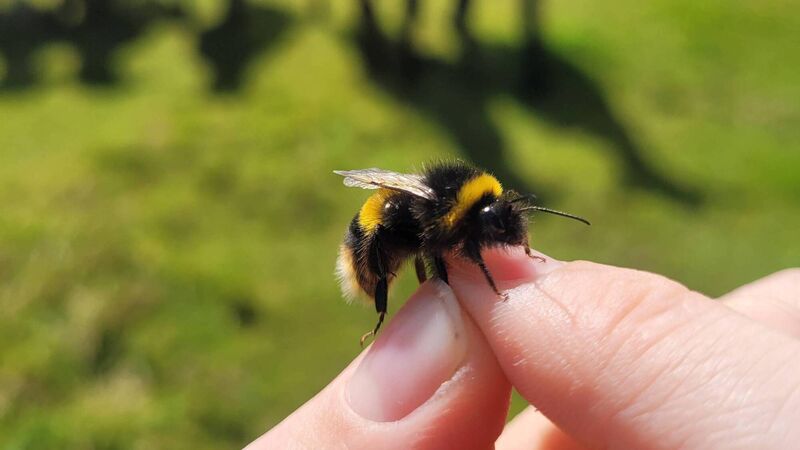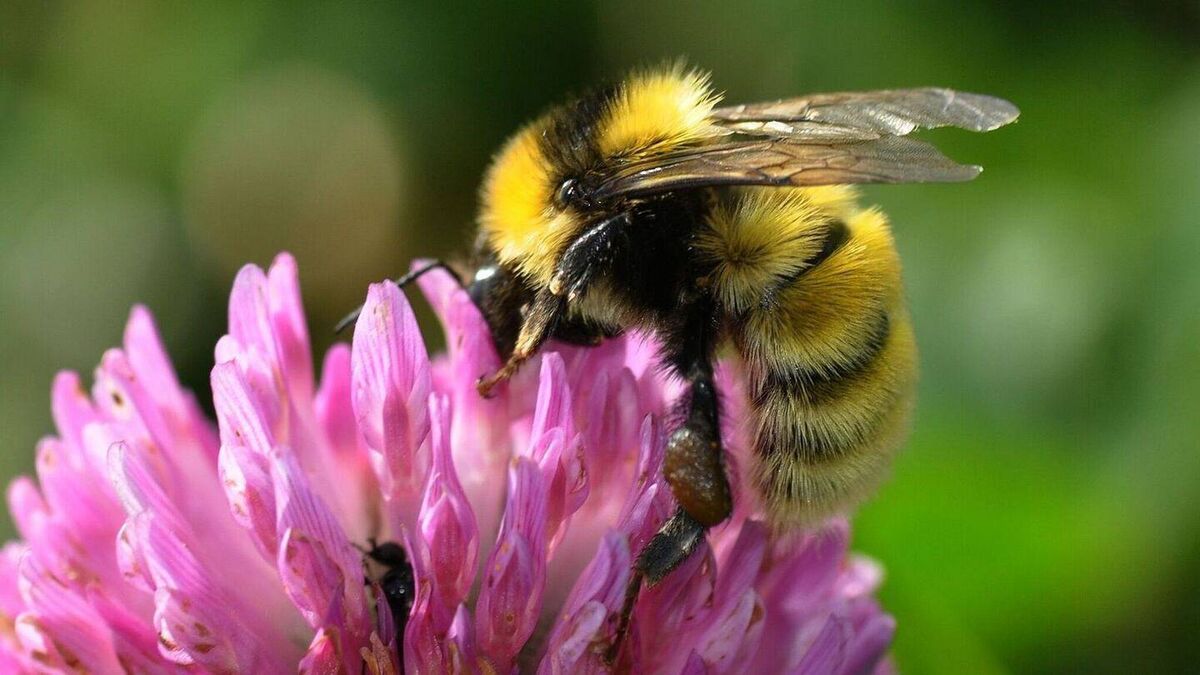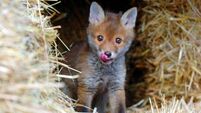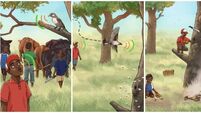Irish buff-tailed bumblebees are genetically distinct from their British counterparts

The buff-tailed bumblebee exists in the wild but has also been domesticated for commercial use
New research from pollinator experts shows that Irish populations of one of the most commonly sighted bumblebee species show genome-wide differences from those on the island of Britain.
The news that our native bees are cut from a different cloth to their British counterparts has important implications for conservation practices and may also inform the way imported commercial populations are managed.
The new research took a deep dive into the population genomics of Irish and British Bombus terrestris audax, colloquially known as the buff-tailed bumblebee. In parallel to this species existing in the wild, it has also been domesticated for commercial use. Commercial colonies are supplied worldwide, including to Ireland and Britain, to boost crop pollination. However, they may pose risks to wild pollinators through disease, competition, or genetic mixing.
This widespread bumblebee already has nine recognised subspecies distributed across Europe and North Africa that vary in their genetics and in their form and function. And now the experts behind the work, just published in international journal Evolutionary Applications, believe our Irish bees may require distinct classification compared to their British counterparts.
Found one lovely buff-tailed queen chilling out in a tulip the other day, even a queen needs a rest from time to time 👑🐝 #SpeciesADay @BioDataCentre https://t.co/NzxO18Sdaj pic.twitter.com/Q8Mq0SHwQP
— Sarah Larragy (@SLarragy) April 22, 2020
First author, Dr Sarah Larragy is currently working on a project as a PostDoctoral Researcher in Trinity with Professor Jane Stout, which is a Horizon Europe-funded project called RestPoll, and which focuses on restoring habitats for pollinators in agricultural settings.
She said: “We found clear, genome-wide distinctions between Irish and British Bombus terrestris audax populations. We also identified key differences in some of the genes linked to nervous system function and development in the two populations, suggesting variations in natural selection pressures between the two populations.”

These findings build on earlier work by other researchers which first uncovered evidence of genetic differences between British and Irish B. terrestris.
Larragy and her team’s study also indicates that commercial B. t. audax lines share more genetic similarity with British populations than with Irish ones, and presents evidence of either historic continental variation or, potentially, interbreeding between wild and commercial bees.
Co-author Dr Joe Colgan (Assistant Professor at Johannes Gutenberg University Mainz) commented on the utility of population genomics in pollinator conservation: “Our study highlights the power of whole-genome resequencing. By uncovering genome-wide distinctions and evidence of differential selection between these bumblebee populations, we provide novel insights that can help guide more effective conservation strategies.”
Prof. James Carolan, Maynooth University, is a senior author and was co-supervisor of Sarah during her PhD. He noted: “This work provides more evidence of the significance of the genetic barrier of the Irish Sea, which maintains the distinction of many Irish plant and animal populations when compared to our nearest neighbours.”

“Lumping groups together because they are found on our two islands ignores this potential genetic integrity, which has some important implications for conservation efforts and our biodiversity in a time when we are wrestling with a global biodiversity crisis.”
While commercial bumblebee colonies are vital for pollinating crops like apples and strawberries, researchers caution that imports could mix with distinct wild populations, spread pathogens, or compete for limited resources. While the researchers are not suggesting imports should stop, their findings indicate that responsible management of these imports is essential to protect these unique populations.









